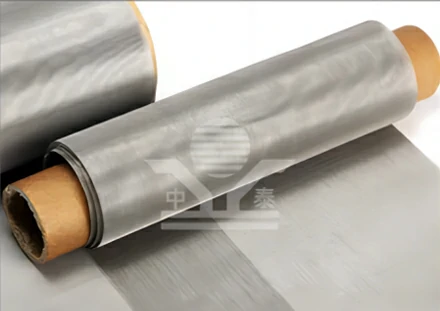Building a Temporary Fence A Practical Guide
Creating a temporary fence can be essential for various reasons, such as securing a construction site, establishing boundaries for an event, or protecting your property during landscaping. A temporary fence is a versatile solution that is relatively easy to install and remove, allowing for flexibility and functionality. In this article, we will explore the steps to build a temporary fence effectively.
Step 1 Determine the Purpose and Location
Before starting your project, it’s crucial to identify the purpose of the fence. Are you enclosing a construction area, providing security for an event, or keeping pets contained? Understanding the primary function will help determine the type of materials you will need.
Next, select the location of your temporary fence. Mark the area where the fence will be installed. This could include measuring the perimeter and understanding the terrain. Knowing the layout will assist in estimating the amount of material required and ensure that the fence will serve its intended purpose effectively.
Step 2 Choose the Right Materials
The materials you choose for your temporary fence will depend on your specific needs. Common options include
- Chain-link Fencing This is a popular choice for construction sites due to its durability and visibility. It can be easy to install and remove, making it ideal for temporary use. - Plastic Fencing Lightweight and often less expensive, plastic fencing can be suitable for outdoor events or areas where high levels of security are not needed. They are easy to set up and take down.
- Wooden Panels For more aesthetic projects, such as outdoor events, wooden panels can provide a sturdy and visually appealing option.
Whichever material you choose, make sure it aligns with the purpose of the fence and the level of security or privacy required.
Step 3 Gather Your Tools
To build a temporary fence, you will need some basic tools. These might include
building a temporary fence

- A hammer or mallet - A drill (if using wooden panels) - Saw (for cutting wood if necessary) - Tape measure for accurate measurements - String or chalk line to mark the fence line
Having the right tools at hand will streamline the fencing process and ensure your project goes smoothly.
Step 4 Install the Fence
With your materials and tools ready, it’s time to install the fence. Follow these steps for an efficient setup
1. Mark the Fence Line Use string or chalk to create a straight line where the fence will go.
2. Set Up the Posts Depending on your chosen fencing type, you may need to insert posts into the ground. For chain-link, this involves digging holes for the posts, while plastic fencing can often be placed without digging.
3. Attach Fencing Material Once the posts are in place, attach the chosen material to the posts. For chain-link, this may involve unrolling the mesh and securing it with ties or clips. For wooden panels, you may need to nail or screw them onto the posts.
4. Finishing Touches Ensure everything is secure and reinforce any loose areas. If required, add gates to allow for easier access.
Step 5 Regular Maintenance and Removal
While a temporary fence is designed for short-term use, some maintenance might be necessary to ensure stability. Check the fence regularly for any signs of wear or damage, particularly after inclement weather. When the need for the fence has passed, carefully disassemble it, ensuring you store reusable materials properly for future projects.
In conclusion, building a temporary fence is a straightforward task when approached methodically. With the right materials, tools, and planning, you can create a functional barrier that meets your needs effectively. Whether for construction, events, or privacy, a well-built temporary fence can offer the protection and security you require.
-
Why Galvanized Trench Cover Steel Grating Resists Corrosion
NewsJul.10,2025
-
The Versatility and Strength of Stainless Expanded Metal Mesh
NewsJul.10,2025
-
Load Calculations in Steel Grating Platforms
NewsJul.10,2025
-
Keeping Pets and Kids Safe with Chicken Wire Deck Railing
NewsJul.10,2025
-
Hole Diameter and Pitch for Round Perforated Metal Sheets
NewsJul.10,2025
-
Aluminium Diamond Mesh in Modern Architecture
NewsJul.10,2025
Subscribe now!
Stay up to date with the latest on Fry Steeland industry news.

